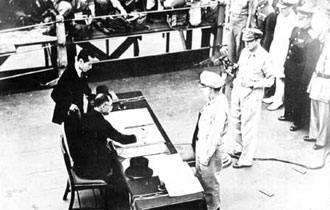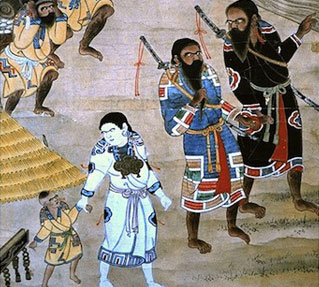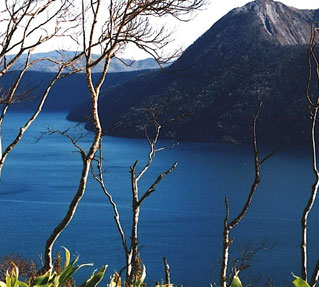Abe Kōbō
(1924-93). Novelist and playwright. Real name Abe Kimifusa. One of the best-known Japanese literary personalities in the second half of the 20th century. Abe was born in Tokyo but grew up in Manchuria, where his father was a physician. The concept of the furusato (hometown), so prominent in the writings of many Japanese authors, seemed to have no place in Abe's fiction. " I am," said Abe, "a man without a hometown," a sentiment that finds expression in the barren landscapes and deracinated figures that appear in his fiction. Abe's singular style of writing, distinguished by its peculiar characters, absurd plots, and abstract settings, won acclaim in 1951 when he received the Akutagawa Prize for Kabe - S. Karuma shi no hanzai (1951; partial tr The Crime of S. Karma, 1991), one of Abe's many Kafka-inspired works. Alienation and loss of identity are central to almost all of his fiction, and he gave special attention to the problem of identity as it relates to the urban environment. Notable works include Moetsukita chizu (1967; tr The Ruined Map, 1969), Suna no onna (1962; tr The Woman in the Dunes, 1964), Hako otoko (1973; The Box Man, 1974), and Hakobune sakura maru (1984; tr The Ark Sakura, 1988). (adapted from Japan: An Illustrated Encyclopedia. Tokyo: Kodansha, 1993)
There is currently no content classified with this term.











